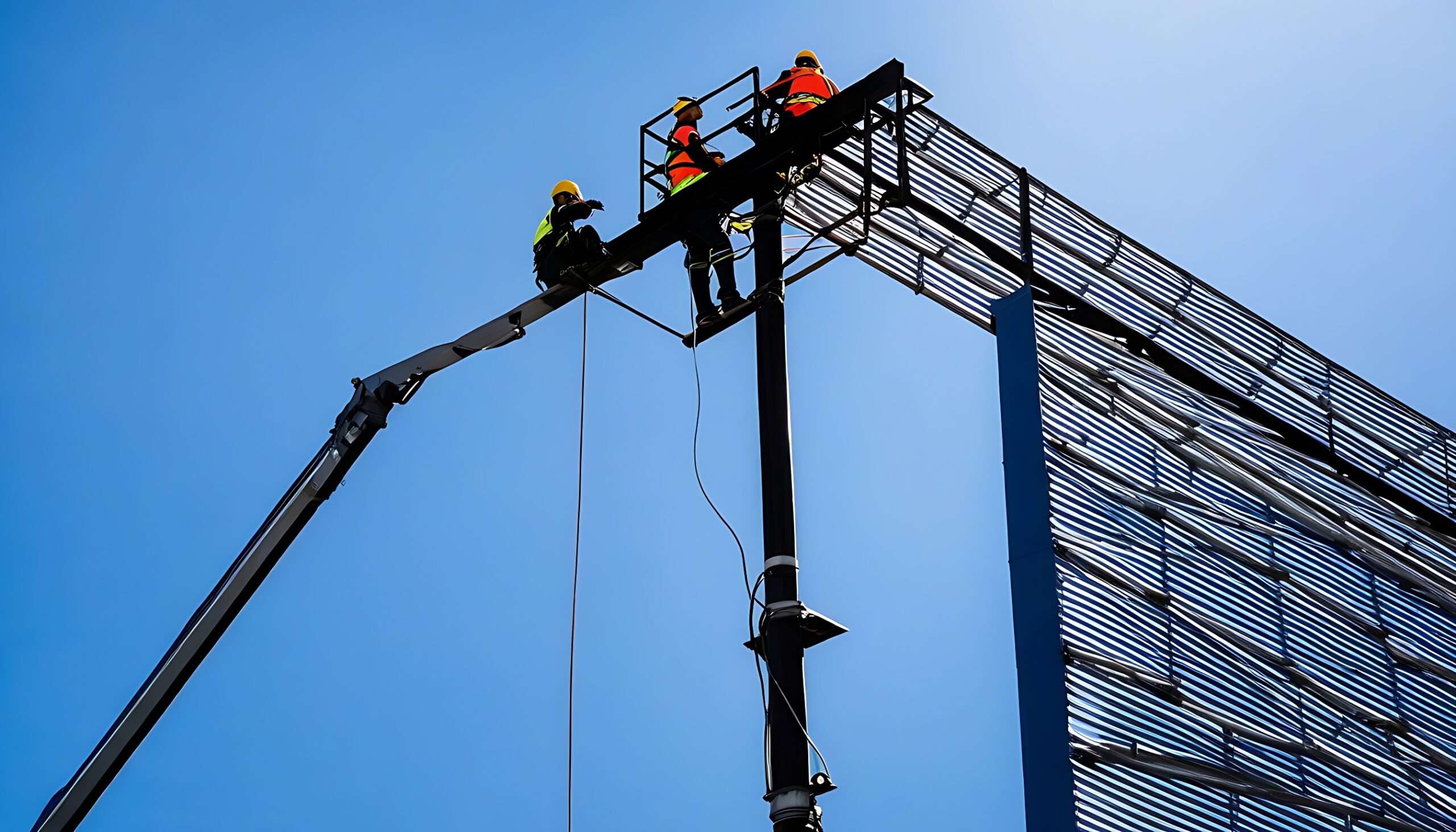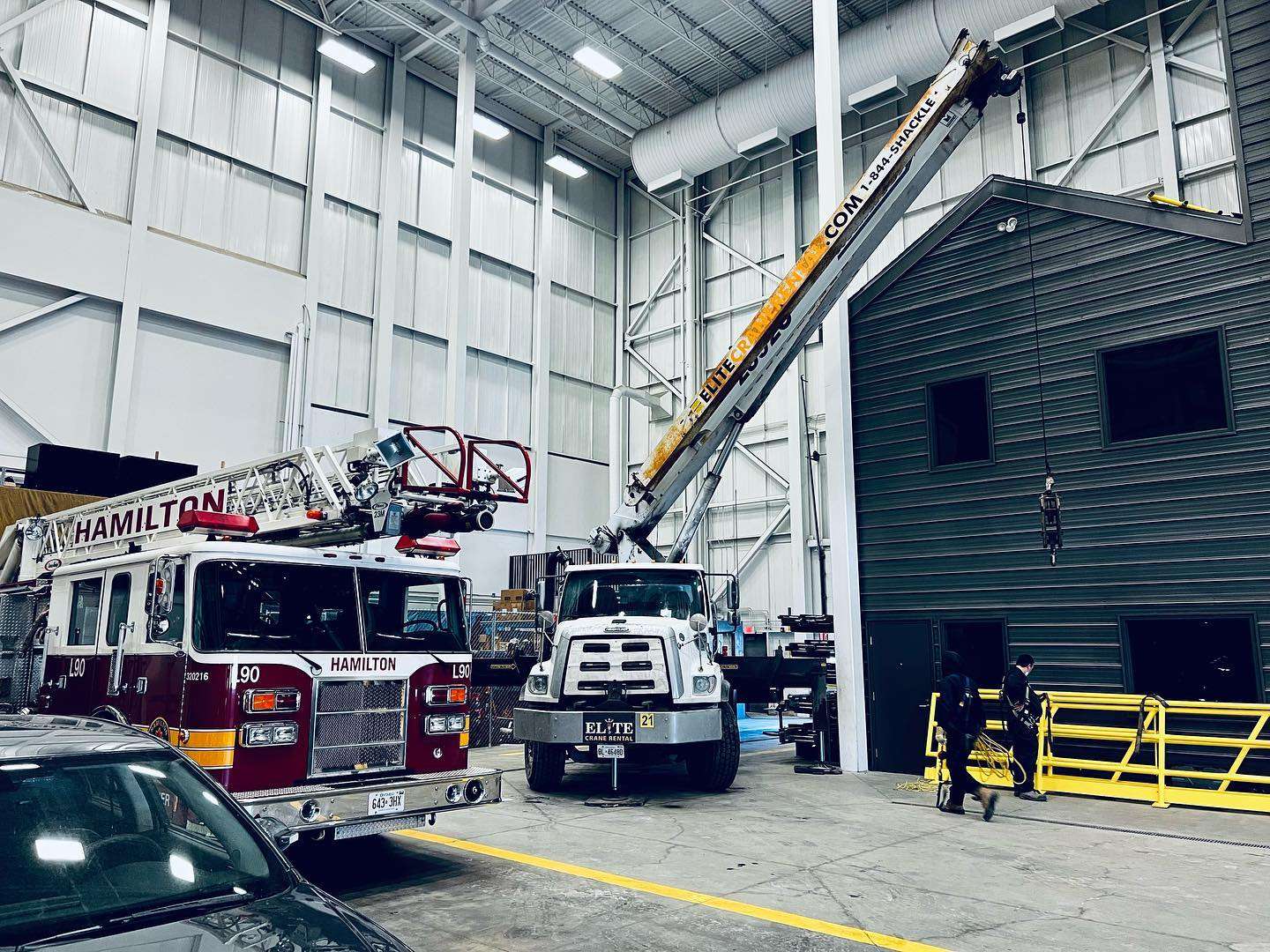Working at height is an integral part of many industries, from construction and maintenance to telecommunications and utilities. While it is a routine aspect of various job roles, it also poses significant risks to the safety and well-being of workers. To address these risks, the UK has implemented stringent Working at Height Regulations. In this article, we will delve into the key aspects of these regulations, emphasizing the importance of compliance services in ensuring a safe working environment.
Understanding the Working at Height Regulations:
The Working at Height Regulations 2005 are a set of guidelines established by the Health and Safety Executive (HSE) in the United Kingdom. The primary objective of these regulations is to prevent accidents and injuries resulting from falls, one of the most common causes of fatalities in the workplace. The regulations apply to all work at height activities, specifying the duties of employers, employees, and those who control work at height.
Key Provisions of the Working at Height Regulations:
Risk Assessment:
The regulations emphasise the necessity of conducting a thorough risk assessment before any work at height commences. Employers must identify potential hazards, assess the risks involved, and implement appropriate control measures. This includes considering alternative methods of carrying out the task without working at height if possible.
Competence:
Ensuring that individuals involved in working at height are competent is a crucial aspect of compliance. This involves proper training, experience, and knowledge to perform the task safely. Employers are responsible for assessing the competence of their employees and providing additional training when necessary.
Equipment and Safety Measures:
The regulations mandate the use of suitable and sufficient equipment for working at height. This includes ladders, scaffolds, and other access equipment, all of which must be properly maintained. Additionally, personal protective equipment (PPE) such as harnesses and helmets should be provided and used when required.
Inspection and Maintenance:
Regular inspection and maintenance of equipment are essential components of compliance. Employers must establish a routine inspection schedule for all equipment used at height, ensuring that any defects or issues are promptly addressed. This helps prevent accidents caused by faulty equipment.
Emergency Planning:
The regulations emphasize the importance of emergency planning and rescue procedures. Employers must have measures in place to rescue workers in the event of an emergency, such as a fall. This includes having trained personnel, appropriate equipment, and communication protocols.
Compliance Services in Working at Height:
Given the complexities and responsibilities associated with working at height regulations, many businesses in the UK turn to compliance services to ensure adherence to the guidelines. Compliance services providers specialise in offering support to companies, helping them navigate the regulatory landscape and maintain a safe working environment. These services typically include:
Training Programs:
Compliance services providers offer comprehensive training programs tailored to the specific needs of each industry. These programs cover the regulations, risk assessments, proper equipment usage, and emergency procedures. Ensuring that workers are well-trained contributes significantly to a safer workplace.
Audit and Inspection:
Regular audits and inspections are crucial for identifying potential non-compliance issues. Compliance services providers conduct thorough assessments of a company’s working at height practices, offering recommendations for improvement and ensuring that all aspects of the regulations are met.
Documentation and Record Keeping:
Maintaining accurate records is a fundamental aspect of compliance. Compliance services providers assist businesses in documenting their risk assessments, training records, and equipment maintenance logs, ensuring that all necessary documentation is readily available for inspection.
Consultation and Advisory Services:
Having access to expert advice is invaluable in navigating the complexities of working at height regulations. Compliance services providers offer consultation and advisory services, guiding businesses on best practices, regulatory updates, and strategies for continuous improvement.
Conclusion:
Working at height comes with inherent risks, and adherence to the Working at Height Regulations in the UK is essential to mitigate these risks and ensure the safety of workers. Compliance services play a crucial role in helping businesses navigate the regulatory landscape, providing the necessary support to maintain a secure working environment. By prioritising compliance, companies not only protect their employees but also contribute to a culture of safety and well-being in the workplace.









